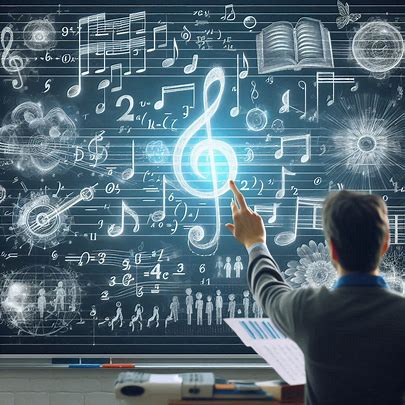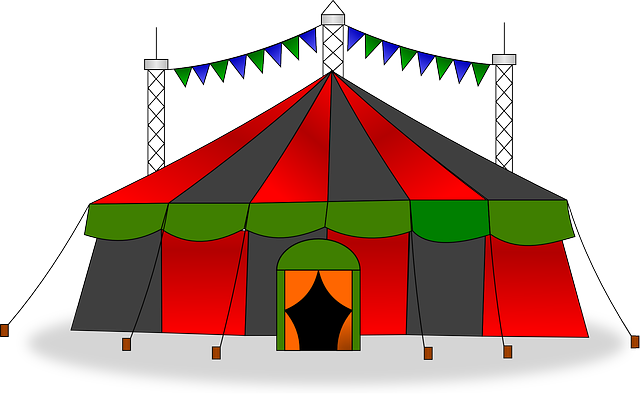Children exposed to music early in life often show better memory, language, and reasoning skills. Studies reveal that music activates almost every part of the brain, stimulating logical and creative thinking. This natural connection between music and learning is now being explored in classrooms to support STEM education.
By mixing music and entertainment with lessons in science, technology, engineering, and math, educators are seeing increased engagement and understanding among students. The combination adds rhythm, visuals, and fun to topics that might otherwise seem abstract or difficult. It turns out that science STEM learning becomes much more exciting when it’s blended with sound, storytelling, and creativity.
How Music Enhances Brain Function

Music is more than just background noise. It activates brain areas that deal with emotions, memory, and motor control. Students form stronger cognitive links When they learn STEM subjects through musical methods—like rhythm-based math or songs about scientific processes. This supports long-term memory retention and deeper understanding.
For instance, using beats to count fractions or writing songs about the periodic table helps students grasp concepts faster. The act of singing or clapping along to lessons boosts participation and keeps energy levels high. This type of multi-sensory learning helps students who might struggle with traditional teaching methods.
Entertainment Creates Immersive Learning
Entertainment doesn’t just capture attention—it holds it. Whether through animations, interactive games, or virtual simulations, entertainment-based tools are changing how students approach learning. STEM subjects benefit hugely from these methods. Complex topics like coding or physics become much more understandable when embedded into a game or interactive video.
Take robotics competitions as an example. They combine entertainment, teamwork, and engineering. Students learn technical skills while also being motivated by the thrill of a challenge. It’s real learning disguised as fun.
Why This Blend Works for Diverse Learners
Every student learns differently. Some absorb ideas best by listening, while others need to see or do something to understand it. Music and entertainment offer flexible, inclusive ways to teach. A catchy tune can reach an auditory learner. A visual story or colorful animation can connect with visual thinkers.
This approach helps break down barriers. It removes the pressure to get everything right first and replaces it with a playful, forgiving environment. Students are encouraged to experiment, ask questions, and learn from their mistakes.
Real-World Examples of STEM and Music Synergy
Across the U.S., schools and nonprofits are introducing music-based STEM programs with promising results. One notable program has students compose digital music using code. As they learn programming logic, they also create beats and melodies. Another program uses storytelling and songwriting to teach biology, turning cell structures and ecosystems into engaging lyrics.
These projects show that students develop a deeper interest in the subject when they can create and express themselves. STEM no longer feels like a set of rules to follow—it becomes a way to tell a story, solve a problem, or make something cool.
Encouraging Curiosity and Lifelong Learning
Blending music and entertainment into STEM classrooms encourages curiosity. It sparks new ideas and keeps students motivated to explore more. When learning is immersive and joyful, it doesn’t feel like work—it becomes something to look forward to. That’s when real education happens.
As the world becomes more tech-driven, understanding STEM is critical. But that doesn’t mean we must rely on dry textbooks and rote memorization. Music and entertainment offer fresh, proven ways to build STEM literacy. They help students see the beauty and excitement behind science and technology. They also help students feel more confident and connected to their learning.
READ ALSO: Rediscovering the Joy of Offline Entertainment
Final Thoughts
STEM education isn’t just about preparing for future jobs—it’s about helping students understand the world around them. Music and entertainment make this journey more accessible, enjoyable, and meaningful. When used purposefully, they can transform classrooms into vibrant spaces where creativity meets logic, and learning becomes unforgettable.

